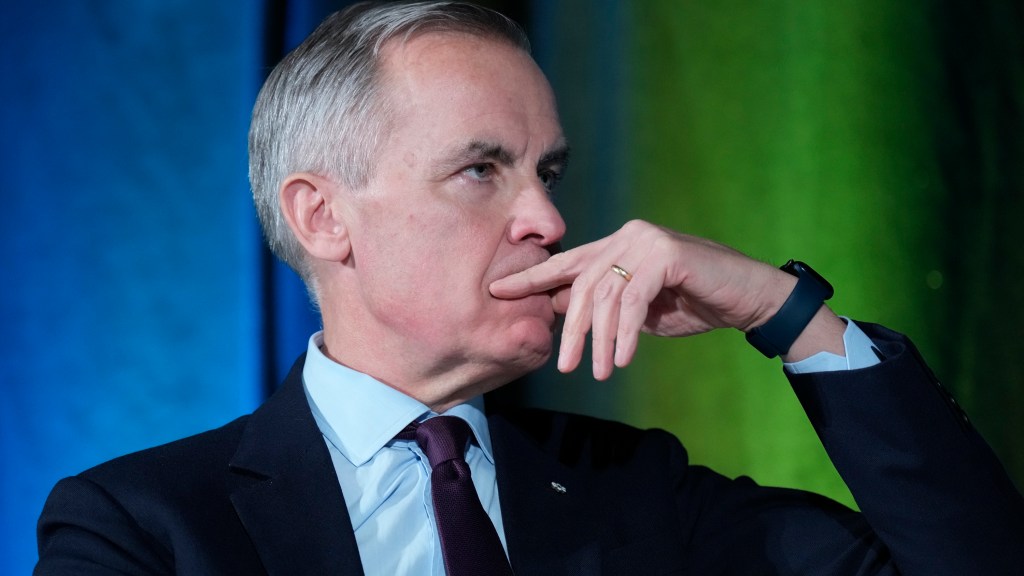Is Now the Right Time to Consider Investing in SSP Shares?
SSP, the company behind popular food outlets like Caffè Ritazza and Upper Crust, has managed to rebound into profitability just a few years after facing severe challenges due to the pandemic. However, the FTSE 250 organization is still having trouble appealing to investors, as its stock has plunged by over 20% in the last year. With the revival of air travel and a rise in office commuting, could the market be overly skeptical about SSP’s prospects?
Originally a division of the Compass Group, one of the largest contract catering firms, SSP was sold to EQT Partners, a private equity firm based in Scandinavia, in 2006. It entered the London Stock Exchange in 2014 with a valuation of £1 billion. Currently, SSP operates primarily within airports and train stations across 36 countries, offering a diverse portfolio of 550 brands, including franchises like Pret A Manger, Burger King, and Yo! Sushi.
In the last financial year, approximately 70% of SSP’s revenue, totaling £3.4 billion, was generated from air travel, while the remainder came mainly from railway stations and a small fraction from sectors like hospitals and in-flight catering.
SSP experienced solid growth last year, reporting an 8.8% increase in like-for-like sales, with positive performance across the board, aside from continental Europe. The underlying operating profit rose by 26% to £206 million, although European profits fell by 25% to £39.1 million.
This decline has affected market sentiment toward the stock, especially since Europe serves as SSP’s largest revenue market. To combat the slowdown in Europe, SSP has introduced a “profit recovery plan” focusing on the underperforming units, management restructuring, and cost-reduction strategies.
The company has undertaken significant maintenance investments, spending £690 million on capital projects in the past two years, with £400 million allocated for a major renovation of its operations. They reported an 8.2% increase in net new space last year, split equally between contract wins and acquisitions.
These investments have accrued net debt, which climbed to £593 million, excluding leases, by the end of September. However, this still positions SSP with a leverage ratio of 1.7, aligning with its target range of 1.5 to 2. This financial strategy is expected to bolster growth in the future, with return on capital employed improving by 70 basis points to 17.7%. Capital expenditures are anticipated to decrease by £40 million to £50 million in the current year, prompting analysts to forecast a 48% increase in earnings per share for the next year, as per FactSet data.
SSP’s plans to list its joint venture in India, Travel Food Services, are anticipated to offer a substantial cash infusion. More crucially, the expected IPO, slated for spring this year, should enhance market recognition of SSP’s growth potential in emerging markets.
Over recent years, SSP has progressively shifted its focus towards rapidly growing markets, particularly in India, Asia, the Middle East, and North America. It’s estimated that around 15% of SSP’s earnings are generated in India, where competitors typically trade at an average forward enterprise value to earnings before interest, taxes, depreciation, and amortization (EBITDA) multiple of 23.9, a stark contrast to SSP’s 8.2 multiple, as noted by broker Shore Capital.
Currently, SSP shares are trading at 13.6 times projected earnings, which is slightly lower than its competitor Greggs at 16.5 times and WH Smith at 11.5 times. This evaluation reflects the market’s concerns regarding its debt and the recent challenges in Europe, yet may represent a fair value for a company poised to benefit from a resurgence in air travel in North America and Asia along with a forthcoming IPO that could highlight its growth narrative.
Advice: Buy. Why: Attractive underlying growth story at a reasonable valuation.
What Lies Ahead for the Thriving Clothing Retailer?
Shareholders of Next may be getting used to consistent profit exceedances, as the clothing and home goods retailer once again surpassed expectations during the crucial Christmas trading season. However, the outlook for 2025 is looking less optimistic, with CEO Lord Wolfson of Aspley Guise cautioning that growth may be sluggish as the new Labour government’s budget impacts the UK economy.
Next has enjoyed a successful year, marked by multiple profit upgrades leading to a share price increase of over 10%. In its latest report, the retailer noted a 6% jump in full-price sales during the nine weeks leading up to December 28, which is anticipated to increase the overall pre-tax profit to over £1 billion for the financial year.
Nevertheless, like many retailers, Next is bracing for a significant rise in payroll costs due to upcoming changes in national insurance contributions for employers scheduled this spring. It projects that labor expenses could escalate by £67 million this year.
This issue, together with a forecasted full-price sales growth of 3.5% for the next financial year—down from 5.6% for the year ending December 28—paints a less-than-rosy picture. Pre-tax profit growth is expected to decelerate to 3.6%, sharply lower than the anticipated 10% for the current period.
Despite these challenges, Next has built a strong reputation for consistently exceeding profit forecasts and appears well-positioned to manage increased costs, with a projected cash surplus of £670 million prior to investments and shareholder distributions.
Since the last buying recommendation for Next shares in March of the previous year, the stock has yielded a modest total return of 6%. Next is currently trading at a price-to-earnings ratio of 13.9, slightly below its five-year average, indicating it still offers compelling value as a leading retailer in the UK.
Advice: Buy. Why: Good value for a high-quality retailer.




Post Comment